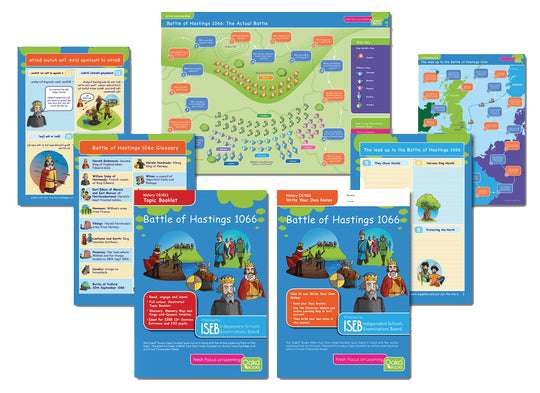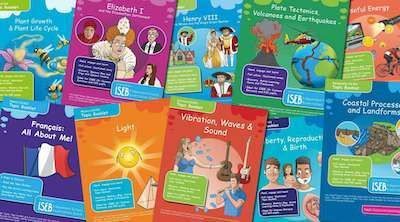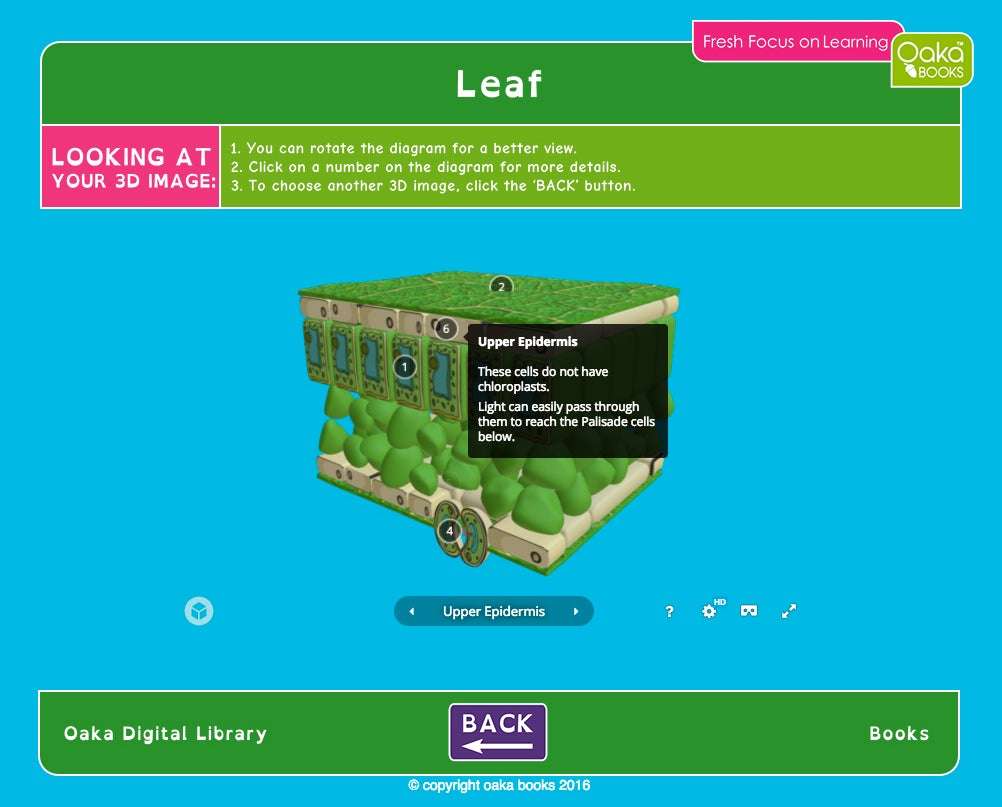Dr. Susie Nyman from the Sixth Form College in Farnborough has developed a comprehensive multisensory learning approach to help students understand and retain complex information. As the Curriculum Manager for Health and Social Care with 24 years of teaching experience, Dr. Nyman’s methods make learning more engaging and accessible. Below is a transcript of Dr. Nyman’s explanation.
Dr. Susie Nyman from the Sixth Form College in Farnborough serves as the Curriculum Manager for Health and Social Care. With 24 years of teaching experience at the Sixth Form College, she shared an innovative teaching method:
“Multisensory learning is using the five senses; it is what it says on the tin, multisensory learning. You’ve got to be able to teach students in a way that they can remember. The way I teach my students is really like an onion in different layers. Using the five senses, it could be something like teaching the heart by clapping the key words to Michael Jackson’s ‘Beat It.’ It could be making the heart out of Play-Doh. I went to pottery classes and actually made the heart out of pottery so those students can feel those different parts of the heart and understand where they go. For example, the deoxygenated blood goes from the vena cava into the right atrium, and they can actually feel where that’s going.
Using their gross motor skills is really, really important, so I make great big giant mats for them to walk on. They chant the different words as they walk through, which helps their understanding. Working with students with dyslexia, I’ve developed this multisensory teaching method because it’s like unraveling the neurons of each student’s individual brain. Here I’ve got a sensory neuron saying multisensory techniques. It’s really important for dyslexics to be able to see; it’s really hard for them to sequence and see things in different ways. I’ve developed different strategies to help them sequence events from history, geography, English plays, etc. I often use colour-coded post-it notes or even coloured cards. My walking heart is a good example of that.
Visual processing can be very difficult for students to process information. By presenting it in various ways, they can understand it better. Also, auditory processing: sometimes the words teachers use are really difficult to understand. It’s important to slow down so those students can individually process the information. For example, a boy discovering the difference between ureter and urethra in A-level biology.
Organisation is another challenge for dyslexic students. Their brain is wired differently, so we need to teach them in a way that enables them to understand. They also find spelling difficult, particularly with scientific words and terminology from Latin and Greek roots. Finally, visual stress: many dyslexic students experience visual stress. In my classroom, we’ve tested for colour and found that particular colours on the computer background really help individual students. In many cases, it can also improve their behaviour, which is beneficial for classroom teachers.”





